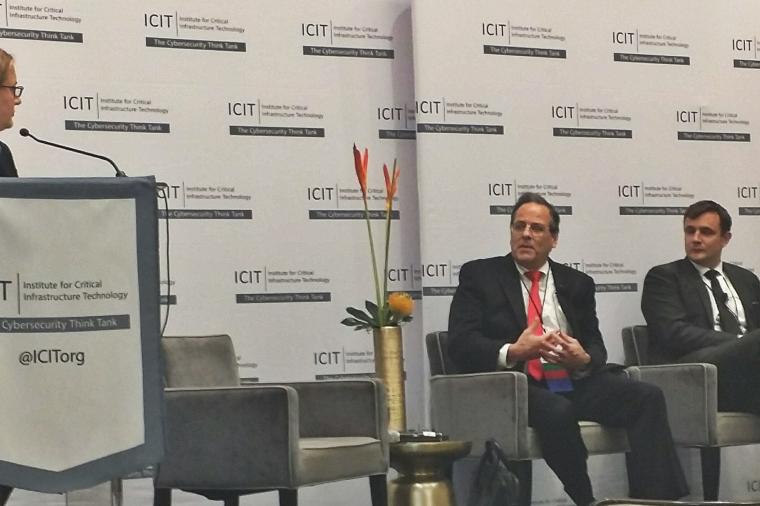Cybersecurity
It’s clear that smart technologies and the Internet of Things (IoT) are the future of our communities. But, is your agency ready for the billions – soon to be trillions – of sensors and devices connected to one another that will transform our society?
The risks of a breach or attack, particularly to vulnerable network endpoints, are worrying and costly. Impacts include:
Data & Storage
Want a good idea of “what’s coming next” in federal IT? Look no further than the financial services industry.
Consider the similarities between financial firms and government agencies. Both are highly regulated and striving for greater agility and efficiency and better control of their networks and data—not to mention both are highly regulated. Meanwhile, cybersecurity remains a core necessity for organizations in both industries.
Data
From streaming movies to checking email 24x7, we take “always-on” data applications for granted. But in the public sector, this always-on mindset is a little slower to catch on.
From cyber-attacks to power outages, data center outages to application failure, IT outages are an ongoing problem for the U.S. government.
Cybersecurity
After hearing Congressman Langevin and NSA speak at the ICIT Annual Forum event it became obvious that the “Enemy with No Face” is getting in to our networks and what they want is our data. FinalCode is purpose built to protect files with encryption and Information Rights Management (IRM), sometimes called Enterprise Digital Rights Management (EDRM).
Digital Design
BIM is everywhere. It’s poised for greater adoption by the U.S. government and, despite the “building” moniker, is also gaining ground in transportation infrastructure.
Cybersecurity
The theme of the recent ICIT Forum was “Rise of the Machines”, a call to recognize the vulnerability of an infrastructure increasingly under control of computers. The steady increase in connected systems mandates a broad range of strategies – managing supply-chain risk, analysis of huge amounts of data through machine learning, dealing with the insider-threat problem, sealing up holes in applications. I had the privilege of discussing threat intelligence sharing on a panel with Todd Helfrich of Anomali, John Kupcinsky of KPMG, and Ana Besk





